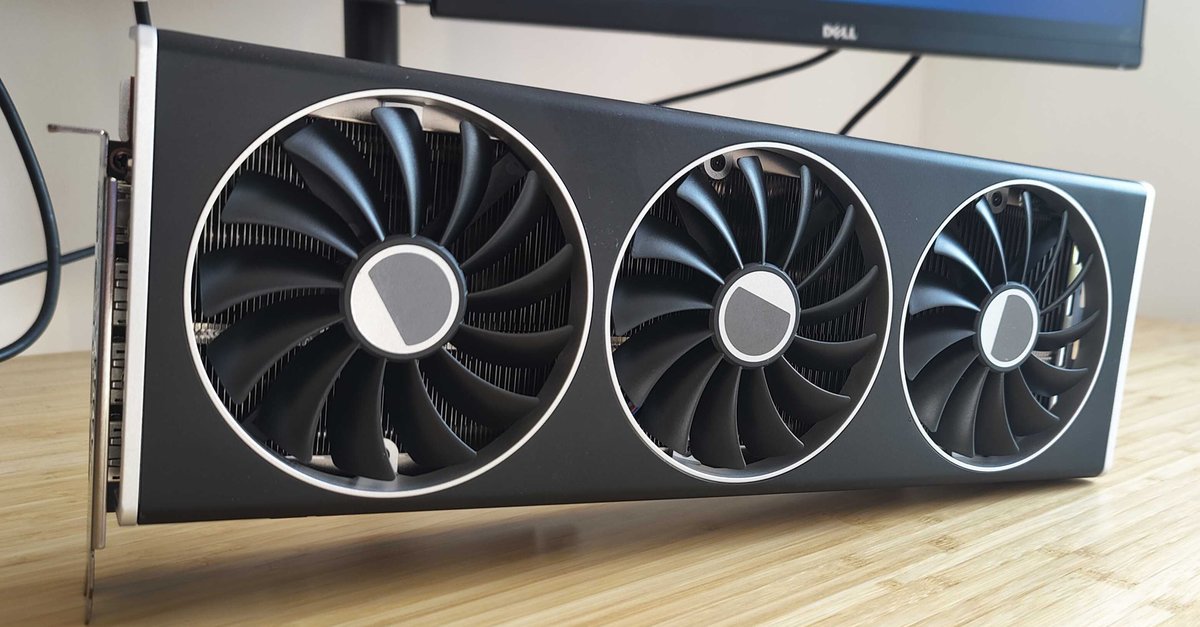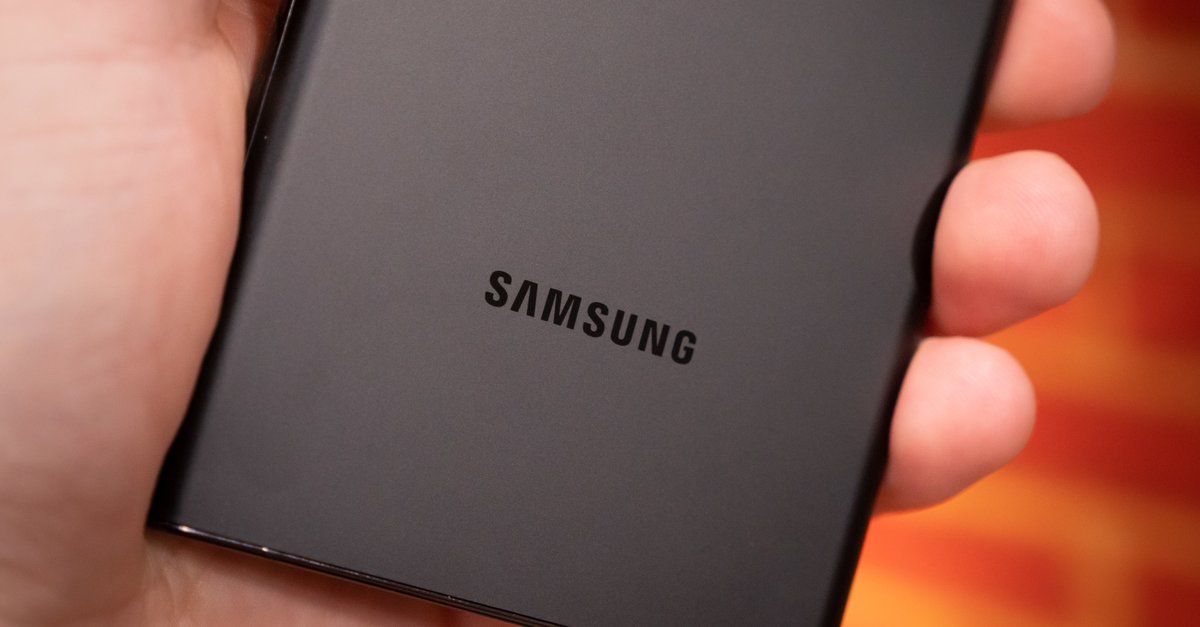Bye bye Nvidia! After 14 years I switched to AMD – I’ve been missing that ever since
Recently, after 14 years, I finally gave up on Nvidia and switched to AMD’s current top model. At first I was afraid that I would mourn Nvidia, but in fact the opposite is the case: I am completely satisfied with my new AMD card. Still, there are two Nvidia features that I’ve sorely missed ever since.
A commentary by Robert Kohlick
Contents
Switching from Nvidia to AMD: I am completely satisfied
After the purchase of the reference model of the RX 7900 XTX It turned out to be a big mistake – and on my nerves – I decided to give AMD a second chance. Instead of the reference card, I got a custom model from XFX (see article picture), which was not affected by the hot spot problem. And after the first few weeks with the new card, I can say: I regret nothing.
The new RX 7900 XTX delivers more than enough performance to push my WQHD monitor to the limit with 144 Hz in almost all scenarios – if not limited by my processor – and even under full load the card remains surprisingly cool and accordingly even offers some overclocking potentialwhich fortunately I don’t have to use at the moment.
In fact, I don’t even notice in everyday life that I now have an AMD graphics card installed in the computer instead of Nvidia. Everything just works the way I’m used to – except in games. Everything runs much better there! I’ve never activated ray tracing while playing anyway – I’m the type of gamer who wants as much FPS as possible. So it doesn’t bother me in the slightest that my AMD card draws the short straw in this area compared to Nvidia.
Still, there are two Nvidia features that I’ve sorely missed since switching to my new AMD card.
Review: I had a big problem with the reference model of the RX 7900 XTX:
AMD has no chance: AMF cannot keep up with NVENC
In most cases AMD and Nvidia offer similar functions, just call them different. Nvidia’s DLSS is available from AMD in the form of FSR. Gameplay recordings can be created with Nvidia via Shadowplay, AMD also offers a recording feature in its driver software. Nvidia’s driver can automatically adjust the graphics settings of your games to the performance of your graphics card, AMD offers gamers the same option.
But in my opinion, Nvidia is still ahead in two respects: NVENC and Nvidia Broadcast.
NVENC is Nvidia’s proprietary hardware encoder that can be used to stream to Twitch. Although AMD also offers its own hardware encoder, it does its image quality is vastly inferior to that of NVENC at the same bit rate. In a direct comparison, block artifacts occur more frequently with AMD, and many details are lost. For all the people who stream on Twitch every now and then, this is bloody annoying.
This problem could eventually disappear if Twitch decides to support the much more efficient AV1 codec (source: golem). This offers a noticeably higher image quality at the same bit rate and is supported by AMD, Nvidia and Intel cards. But since this has not been the case so far, Nvidia remains the streaming king.
How does streaming via NVENC work? Nvidia explains it in a short video:
Nvidia Broadcast vs AMD Noise Cancellation
And also in terms of noise cancellation AMD cannot even begin to hold a candle to Nvidia. With Broadcast, Nvidia has a powerful program for all RTX cards in its portfolio (download from Nvidia), which reliably manages to filter out not only background noise, but also penetrating noise from microphone recordings live, without affecting the actual voice recording too much.
AMD’s noise suppression also manages to lower the background noise of the microphone by around 5 to 10 dB, but it affects the voice recording so much that one has the feeling that the person concerned would speak into a webcam that is about 15 years old. Convince yourself of it:
Don’t worry AMD – I’ll stick with you!
Even though these two things bother me from time to time since the move to AMD, I still feel having made the right choice. Since switching to the custom model of the RX 7900 XTX, there has effectively not been a situation in which I really regretted my purchase.
But that doesn’t mean that I wouldn’t be happy if both of my criticisms are resolved with a future update, AMD. And I am sure that you will many Nvidia fans can also be persuaded to switch. So think about it!



